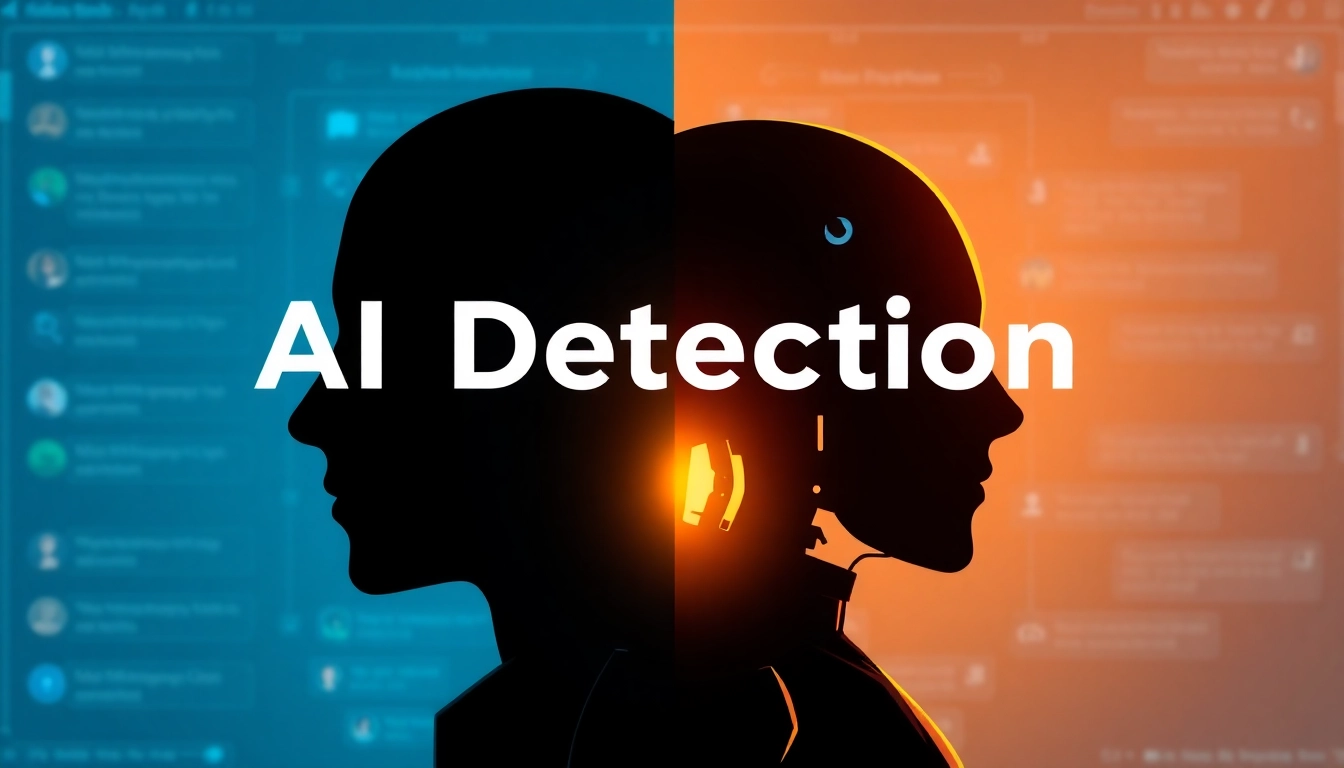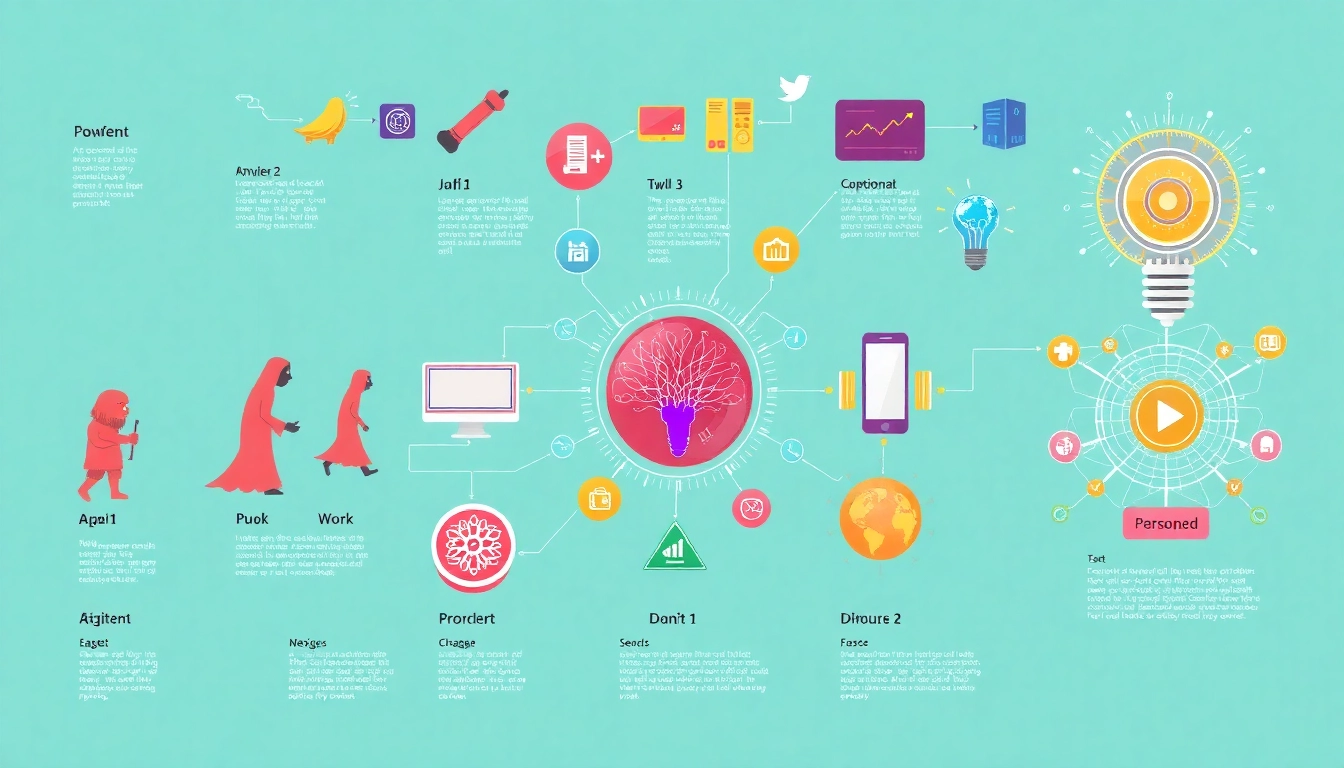Understanding the Human or Not AI Game: Rules and Objective
What is the Human or Not AI social game?
In the rapidly advancing landscape of artificial intelligence, distinguishing between human and machine interactions has become increasingly complex and intriguing. The human or not AI game stands at the forefront of this perceptual challenge. It is a social, interactive game designed to test players’ innate ability to differentiate AI-generated responses from authentic human communication. Framed as a social Turing test, it invites participants into a real-time conversation with an anonymous partner—either a human or an AI bot—and challenges them to make an accurate identification based solely on a two-minute dialogue.
Unlike traditional Turing tests confined within controlled experiments, this game emphasizes user engagement, spontaneity, and a broad spectrum of conversational cues that naturally arise during interactions. Its purpose is not solely entertainment but also educational, providing critical insights into AI’s sophistication and the subtle nuances that distinguish machine responses from human expressions.
Key mechanics and gameplay overview
The gameplay is straightforward yet profoundly challenging. After initiating a game session, the participant is connected to a conversation partner—either a fellow human or an AI—without prior knowledge of which. The core mechanic involves engaging in a natural, unstructured two-minute chat, during which the player must listen, observe, and interpret responses for signs that reveal the nature of their interlocutor.
Once the time elapses, players are prompted to guess—”Human” or “AI”—based on their perceptions. The game then reveals the correct identity, offering immediate feedback. This cycle can be played repeatedly, allowing users to refine their intuition and recognition skills over multiple rounds, each providing fresh conversational dynamics and new cues to analyze.
The game often incorporates various formats—text-based chats primarily, with some versions experimenting with voice or multimedia interactions. The underlying technology leverages state-of-the-art AI models, such as GPT-4, to generate responses that are increasingly human-like, raising the stakes and the challenge for players.
Why it tests your perception and judgment
The essence of the human or not game lies in its capacity to explore perception and judgment under conditions of uncertainty. Human communication is complex—replete with nuances like emotional subtleties, cultural references, humor, and contextually driven language. AI systems, although advancing rapidly, often display telltale signs—such as lack of genuine emotional depth, repetitive phrasing, or subtle inconsistencies—that can be clues for observant players.
By challenging players to identify these cues, the game enhances critical perceptual skills and raises awareness of AI’s capabilities and limitations. More importantly, it fosters a deeper understanding of human communication’s richness and the subtle distinctions that make input truly authentic. This perceptual honing is crucial not only for entertainment but also for real-world applications where humans must discern AI outputs—think content moderation, cybersecurity, and even interpersonal communication.
How to Play Human or Not: Step-by-Step Guide
Starting a new game and inviting opponents
Getting started with the game is designed to be quick and accessible. Simply visit the human or not platform on any compatible device—desktop, tablet, or smartphone. Once on the homepage, click the “Start Game” button, which will automatically pair you with a random participant—either a human or an AI—without disclosing which. The game’s server infrastructure ensures a seamless, real-time connection based on a robust tech stack employing solutions like Webflow for smooth UI/UX and Amplitude for tracking engagement metrics.
Unlike traditional multiplayer games, you do not need to invite specific opponents or join multiplayer lobbies. The matchmaking process is instant; just click start, and the system handles the pairing. For those who prefer practicing against AI, the platform also offers modes to directly engage in conversations with pre-programmed or GPT-4 powered bots.
Engaging in two-minute conversations effectively
Once connected, the game begins with a prompt for interaction. It’s crucial to establish a natural flow—ask open-ended questions, share brief anecdotes, or discuss trending topics. The key is to observe responses for signs of human-like spontaneity, emotional resonance, and contextual awareness. Authentic human conversations often exhibit imperfections like typos, emotional cues, or subtle humor—all of which can be clues.
Conversely, AI responses, although increasingly sophisticated, may sometimes display overly generic phrasing, lack of true emotional depth, or inconsistent contextual understanding. Developing a strategy involves asking questions that probe emotional intelligence, personal experience, or nuance—areas where AI still struggles to emulate authentic human cognition convincingly.
Deciphering clues to distinguish humans from AI
Successful players develop an eye for subtle indicators. For example, human responses tend to be more unpredictable, emotionally nuanced, and context-dependent. They may include minor errors, slang, or cultural references. AI responses, while polished, often rely on patterns that readers recognize—such as repetitive sentence structures or overly formal tone.
Here are some practical tips:
- Notice emotional variation: Humans naturally infuse their responses with feelings, anecdotes, or humor, whereas AI might produce more neutral statements.
- Seek contextual consistency: Human conversations follow a thread, while AI might provide slightly off-topic or generic answers.
- Pose ambiguous questions: Open-ended or ambiguous questions require interpretation, which can be revealing.
- Pay attention to response timing: AI can generate responses almost instantaneously, but some human responses may have slight delays or hesitations.
Best Practices for Success in Human or Not
Listening for subtle communication cues
Developing acute listening skills is essential. Active listening allows players to pick up on telltale signs—slight hesitations, emotional inflections, or unusual phrasing. For example, a human might pause before answering emotionally charged questions or introduce personal anecdotes, whereas AI tends to respond more as a well-crafted template.
Asking strategic questions to reveal AI tendencies
Crafting questions that challenge AI’s limits is vital. Requesting opinions on complex moral dilemmas, personal memories, or nuanced reflections can strain AI responses, exposing its lack of genuine experience. For instance, asking, “Can you tell me about a memorable moment in your life?” often results in generic or evasive answers from AI.
Improving your accuracy over multiple rounds
Consistent practice is key. Record your guesses and review your decision-making process. Recognize patterns in your successes and mistakes to refine your perceptual skills. Many experienced players keep notes on their cues, gradually sharpening their ability to differentiate.
The Science Behind AI and Human Interaction
How AI mimics human responses
AI models like GPT-4 have evolved dramatically in mimicking human language, employing deep learning algorithms trained on vast datasets. These models analyze context, predict subsequent words, and generate responses that mirror human syntax, vocabulary, and even emotional tone. They can produce fluent, coherent, and contextually relevant responses that challenge human perception.
Common telltale signs of AI responses
Despite advances, AI responses often bear subtle signatures:
- Overly generic or verbose answers
- Repetition of phrases or ideas
- Lack of deep emotional understanding
- Inconsistencies in narrative or facts
- Absence of genuine humor or sarcasm
The psychology of perception in AI detection
Our perceptions are influenced by cognitive biases—like the Expectation Effect, where expectations shape our judgments, and the Uncanny Valley effect, involving discomfort with almost-human responses. Training players to recognize these biases enhances detection accuracy, turning perception into a skill grounded in psychology and technology.
Why Join the Human or Not Community?
Engage in stimulating AI detection debates
Participating in online forums and social media groups centered around the game fosters lively debates about AI’s evolution, ethics, and the future of human-computer interactions. These discussions enrich understanding and help players refine their perceptual skills.
Contribute to understanding AI-human boundaries
As AI continues to deepen its integration into daily life, community members contribute valuable insights into how AI can be distinguished from humans. This collective knowledge aids researchers, developers, and policymakers working to ensure ethical AI deployment.
Share your tips and learning experiences
Sharing successful strategies, memorable experiences, and recognition patterns helps build a knowledgeable community. Many veteran players publish blogs or participate in webinars, fostering a culture of shared learning and curiosity.



